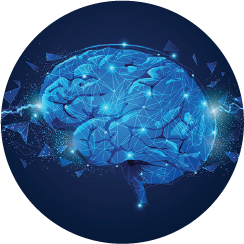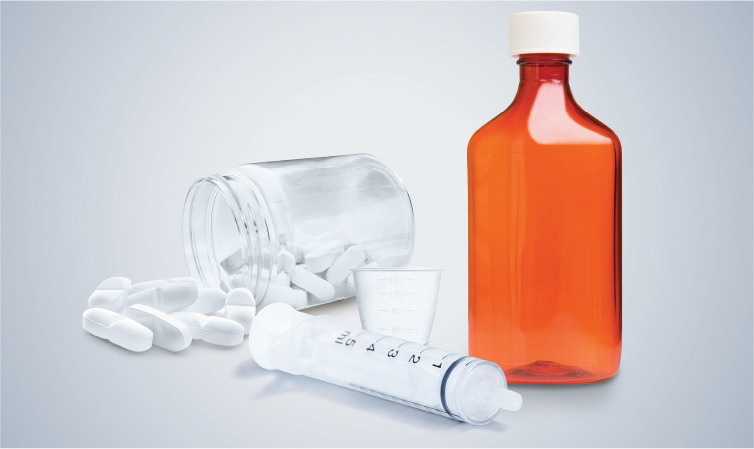After the diagnosis
- Several kinds of medications are available to treat ADHD. These medications may help manage your child's symptoms, but they don't cure ADHD.3
- Table 1 lists the types of medications that are available to treat ADHD and the forms in which they can be given.4
- These medications are classified as
either stimulants or non-stimulants
- Stimulants have been used to treat ADHD since the 1960s.3
- They are the most often used and the best-known types of ADHD medications.1
- Commonly prescribed stimulants like amphetamine and methylphenidate are federally-controlled substances (CII) because they can be abused or lead to dependence.
- Stimulants can be short-acting or long-acting and come in forms such as tablets, capsules, and liquids.
- The most common side effects with stimulants include increased blood pressure, decreased appetite, sleep problems, social withdrawal, dry mouth, weight loss, anorexia, belly pain, nausea, restlessness, dizziness, and fast heart rate.5
- Non-stimulants have been approved to treat ADHD for 17 years.1,3
- Non-stimulants are available in short- and long-acting formulations, and come in tablet and capsule forms.
- Non-stimulants may take a few weeks before you see an effect.1,3
- Non-stimulant effects can last up to 24 hours.
- Common side effects of non-stimulants include nausea, vomiting, sleepiness, dizziness, tiredness, belly pain, constipation, dry mouth, decreased appetite, insomnia, erectile dysfunction, trouble with urination, trouble with menstrual periods, and hot flashes.6
1 methylphenidate 2 amphetamine
Table 1. Types of medications to treat ADHD in children4,7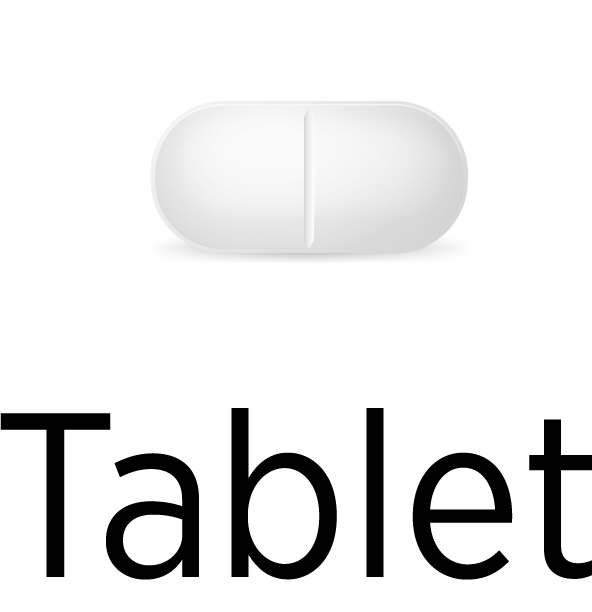
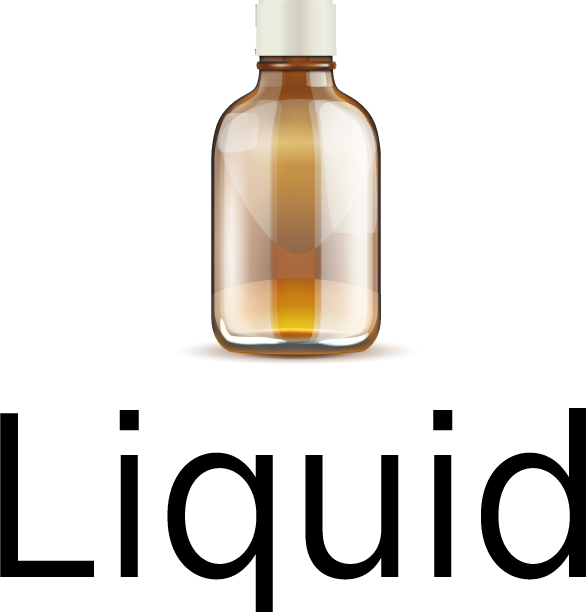
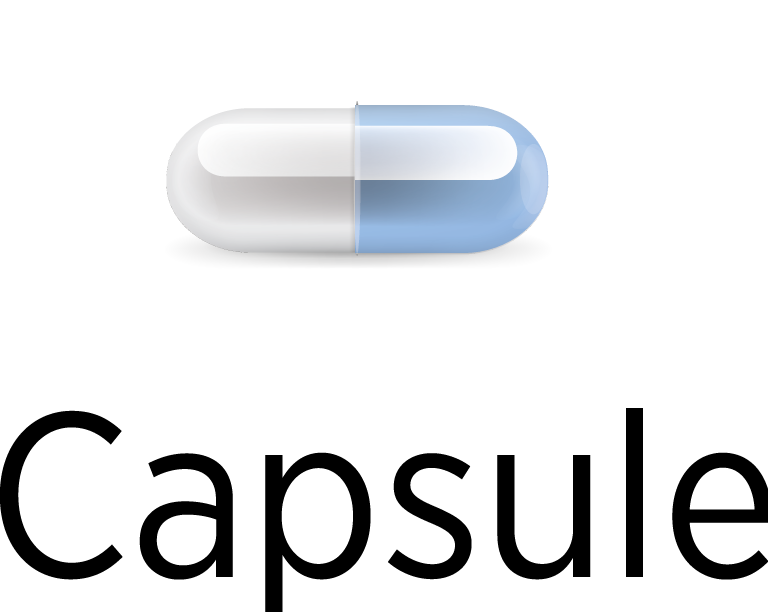

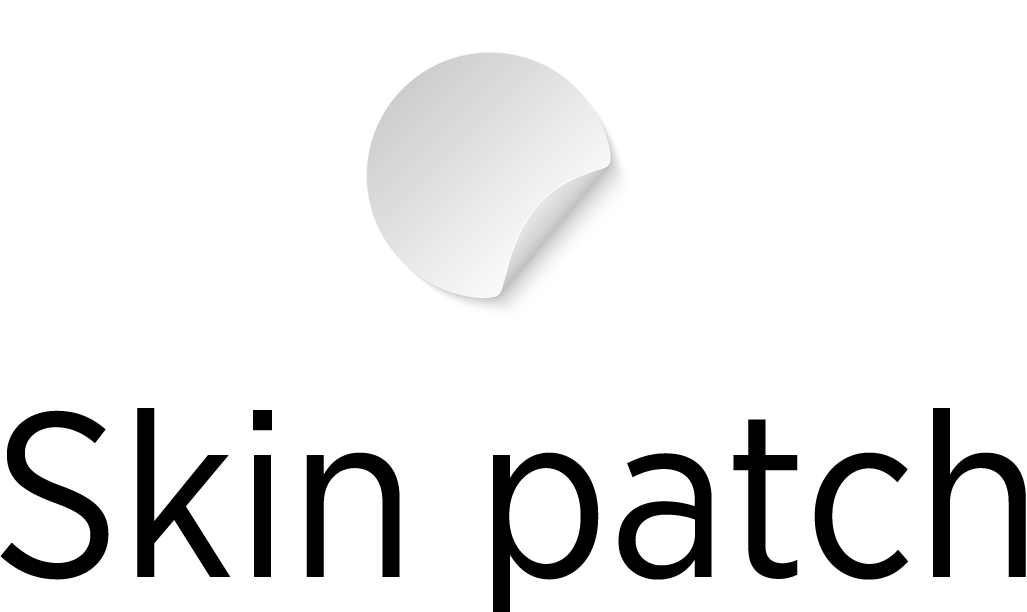








Even after you fill your child's prescription, it's important to work closely with your child's doctor to adjust or “fine-tune” their medication, dosage, or timing to best suit your child's needs.
- Your child's medication should work during the times that they need coverage the most.9
- Undertreated ADHD can impact academic success and interfere with extracurricular, social, and family activities, as well as sleep.9
- Teenagers' ADHD medication should work after school and into the evening to improve their ability to focus on driving and reduce impulsive behavior.9
Your health care provider will work with you to determine what is best for your child.
There may be times when a parent or health care provider wants to stop a child's ADHD medication for a period of time. The pros and cons of such a decision should always be discussed with your child's health care provider.10
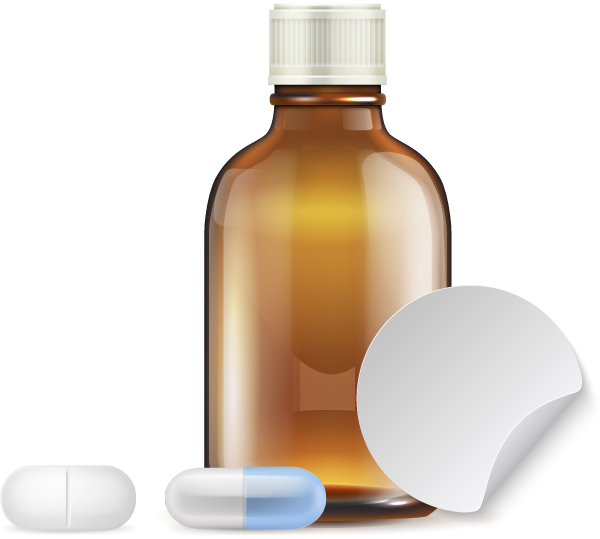 ADHD medications come in different forms, like capsules, tablets, and liquids.
ADHD medications come in different forms, like capsules, tablets, and liquids.
Your child's health care provider will most likely start with the lowest dose of medication they think will help your child.11 He or she will monitor your child closely and use your feedback to slowly adjust dosing so that your child gets the maximum benefits of his or her medication with the fewest side effects.1,3
Individualizing dosing- Scored tablets can be adjusted for smaller doses.12
- Liquids can be changed by as little as 1 milliliter.5
- Liquids may simplify adjusting the dose in one prescription. They may also be more easily adjusted to get exact dosages at home.
- Centers for Disease Control and Prevention (CDC). Treatment for ADHD. Available at https://www.cdc.gov/ncbddd/adhd/treatment.html. Accessed June 7, 2020.
- Centers for Disease Control and Prevention (CDC). ADHD in the Classroom: Helping Children Succeed in School. Available at https://www.cdc.gov/ncbddd/adhd/school-success.html. Accessed June 7, 2020.
- Understood.org. Types of ADHD Medications. Available at https://www.understood.org/en/learning-thinkingdifferences/treatments-approaches/medications/types-of-adhd-medications. Accessed June 7, 2020.
- Children and Adults with Attention-Deficit/Hyperactivity Disorder (CHADD). Medications Used in the Treatment of ADHD. 2019. Available at https://chadd.org/wp-content/uploads/2018/05/Medication-Chart-July-2019.pdf. Accessed June 7, 2020.
- DYANAVEL XR (amphetamine) extended-release oral suspension, CII. Prescribing Information. Tris Pharma, Inc. Monmouth Junction, NJ 08852. 2017. Available at https://www.trispharma.com/generic/DYANAVELXR_pi.pdf. Accessed June 7, 2020.
- STRATTERA (atomoxetine hydrochloride). Prescribing Information. Eli Lilly and Company. Indianapolis, IN 46285. 2002. Available at https://pi.lilly.com/us/strattera-pi.pdf. Accessed June 7, 2020.
- Children.org. American Academy of Pediatrics. Common ADHD Medications & Treatments for Children. Available at https://www.healthychildren.org/English/health-issues/conditions/adhd/Pages/Determining-ADHD-Medication-Treatments.aspx. Accessed June 7, 2020.
- Understood.org. 9 Questions to Ask Yourself When Considering ADHD Medication for Your Child. Available at https://www.understood.org/en/learning-thinking-differences/treatments-approaches/medications/9-questions-to-ask-yourself-when-considering-adhd-medication-for-your-child. Accessed June 7, 2020.
- Children and Adults with Attention-Deficit/Hyperactivity Disorder (CHADD). Peaks and Troughs: UnevenMedication Coverage & ADHD. Available at https://chadd.org/wp-content/uploads/2018/06/ATTN_Fall_17_PEAKS.pdf. Accessed June 7, 2020.
- Children and Adults with Attention-Deficit/Hyperactivity Disorder (CHADD). Take a Summer Break? Medication Holidays for Your Child. Available at https://chadd.org/adhd-weekly/take-a-summer-break-medication-holidays-for-your-child/. Accessed June 7, 2020.
- Children and Adults with Attention-Deficit/Hyperactivity Disorder (CHADD). Managing Medication for Children and Adolescents with ADHD. Available at https://chadd.org/wp-content/uploads/2018/05/managing_medication.pdf. Accessed June 7, 2020.
- Quillichew ER (methylphenidate hydrochloride) extended-release chewable tablets, for oral use, CII. Prescribing Information. Tris Pharma, Inc. Monmouth Junction, NJ 08852. 2018. Available at https://www.trispharma.com/generic/Quillichew_ER_08_2018_FINAL_for_Website_Jan_22_2019.pdf. Accessed June 7, 2020.
- Understood.org. Signs Your Child's ADHD Medication Needs Adjusting. Available at https://www.understood.org/en/learning-thinking-differences/treatments-approaches/medications/signs-your-childs-adhd-medication-needsfine-tuning. Accessed June 7, 2020.
- National Institute of Drug Abuse. Drug Facts. Prescription Stimulants. Available at https://d14rmgtrwzf5a.cloudfront.net/sites/default/files/drugfacts-prescriptionstimulants.pdf. Accessed June 7, 2020.


